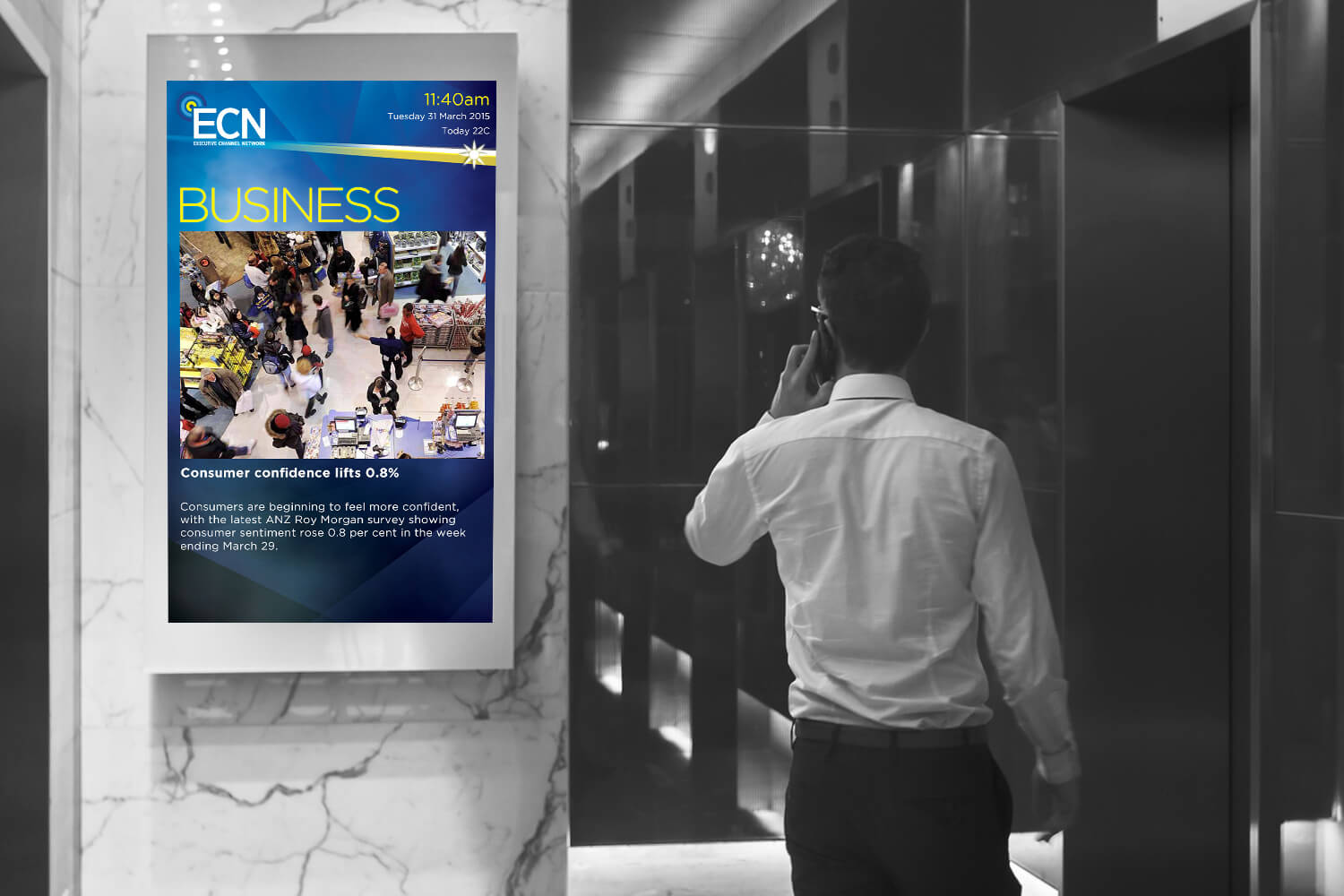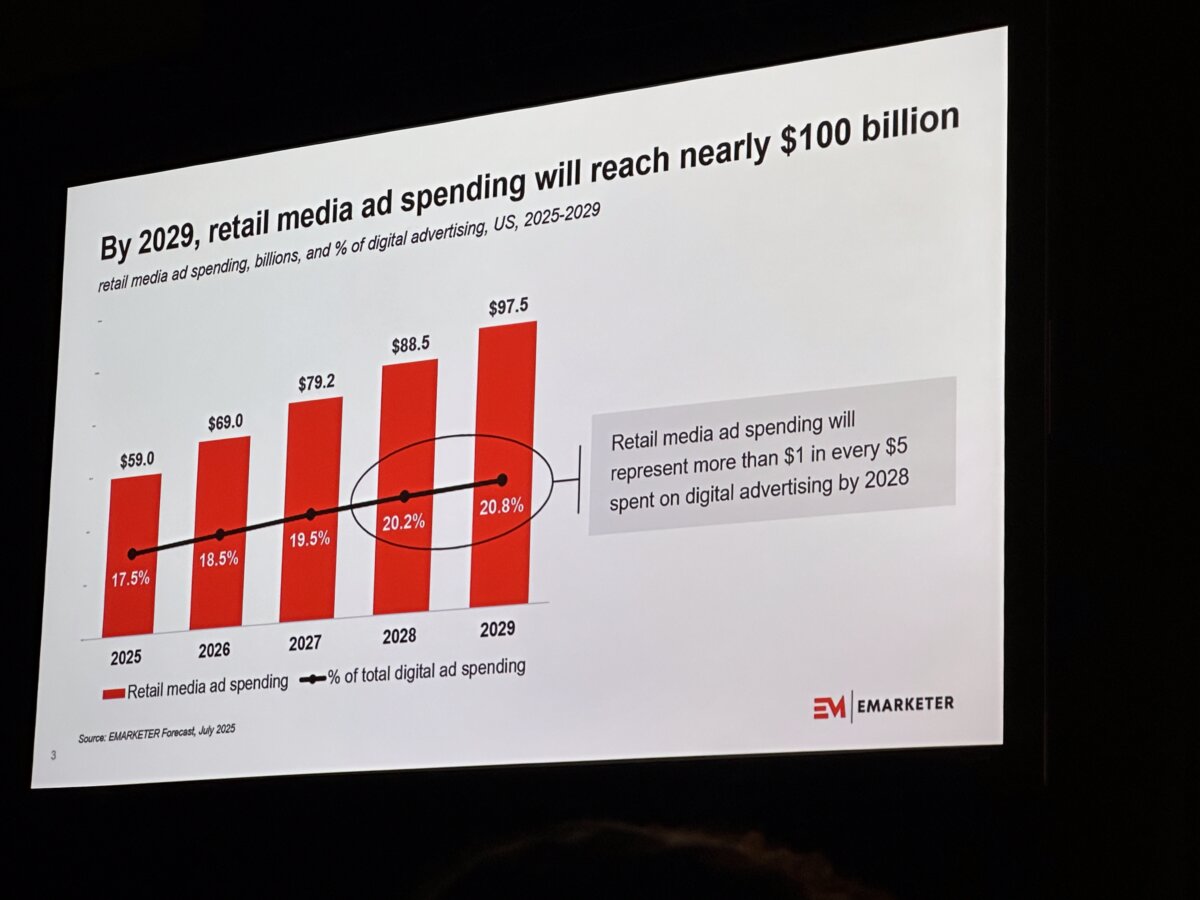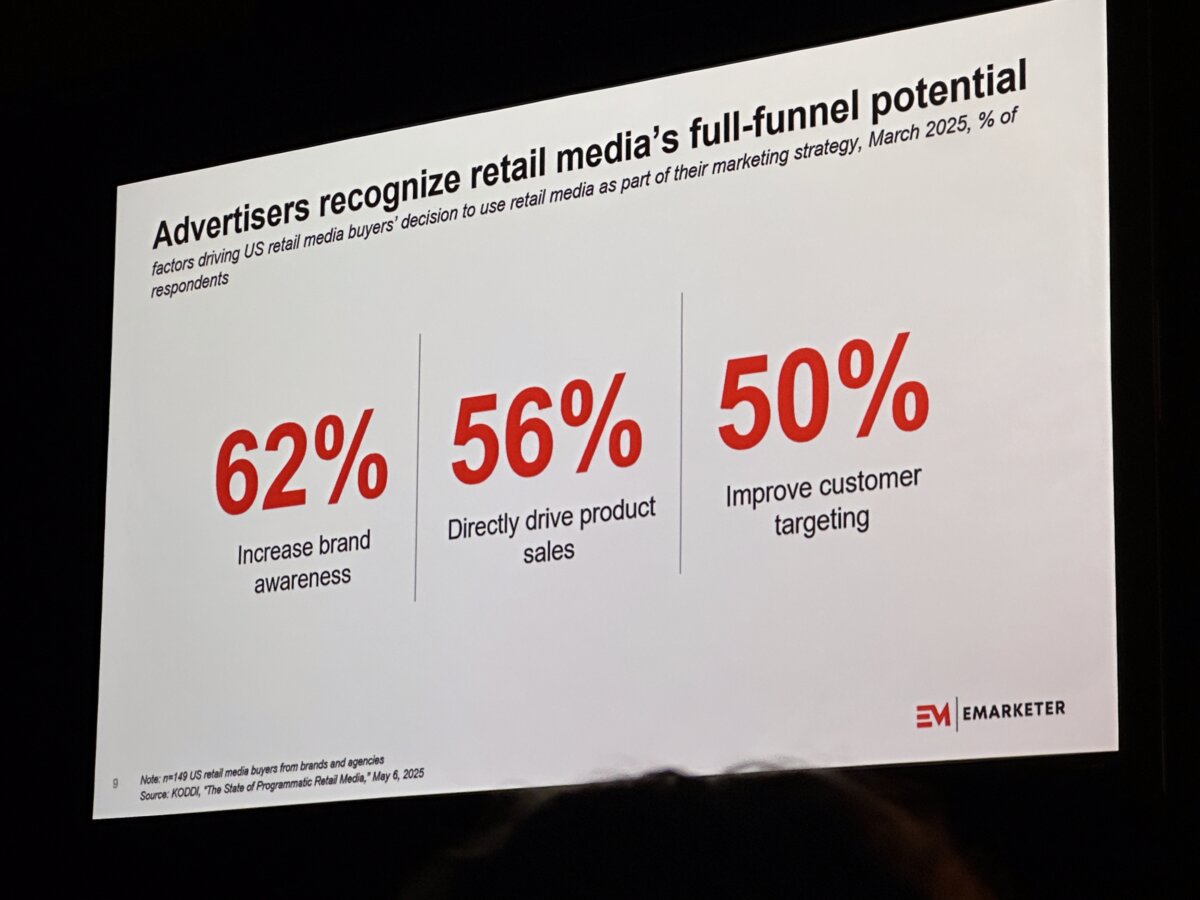| October 11, 2021
Executive Channel Network Converts Corporate Network to Broadsign International, LLC’s Digital Signage Software
800 displays in 250 locations across five cities are powered by the Broadsign platform.
Sydney, Australia. September 30, 2014. Australia’s office media specialist, Executive Channel Network, has converted 800 displays in 250 locations across five cities to Broadsign International, LLC’s digital signage software platform.
Executive Channel Network’s digital screen network connects advertisers with traditionally elusive executives while enhancing the tenant experience, reaching over 1,800,000 well-educated and affluent office workers each month. The network is expected to double in size over the next two to three years due to aggressive expansion plans in Australia and Europe, where it currently has 155 locations in the UK, 76 in France and 10 in the Netherlands.
“Executive Channel Network chose Broadsign because it met our strict criteria in user requirements, display needs and the development roadmap,” said Justin Kingston, Chief Operating Officer at Executive Channel Network.
Running in premium CBD office towers, Executive Channel Network’s product solutions include high-definition videowalls, digital screens in foyers, in-lift installations, brand interactions and corporate car park displays. Commercial-grade displays range from 24” to 70” in size.

High-profile customers including Expedia, Commonwealth Bank, IG Markets and Coles advertise on the network. Clients such as Expedia and IG Markets take advantage of Executive Channel Network’s real time digital innovation capability.
Executive Channel Network’s three minute loop features relevant, tailored advertising along with real-time content inclusive of news, weather, sports, entertainment and stock market updates. Property owners have the ability to integrate their brand seamlessly into this messaging.
“Broadsign is known to power premium networks that cater to audiences and advertisers with high expectations,” said Skip Beloff, Vice President of Sales at Broadsign. “We are delighted that Executive Channel Network will use our rich feature set to satisfy said demands and look forward to working on further innovations with such a prominent partner in Australia’s corporate market.”
To learn more about how Broadsign’s digital signage software can meet the needs of your network, sign up for a free 60 day trial of the platform.
About Broadsign
Broadsign International, LLC is the first global provider of cloud-based software for digital signage networks. Its platform was designed exclusively as a management system for media companies operating digital out-of-home and digital place-based media networks, giving them an unlimited capacity for growth without adding personnel. After over a decade in the industry, Broadsign’s latest incarnation, Broadsign X, has become a mature and reliable fit for all digital signage software needs and its Android-based smart player, Broadsign Xpress, has decreased the cost of deploying digital signage compared to PC-based hardware alternatives. Broadsign’s constant growth, extensive network and dedication to predicting and responding to industry trends make its digital signage solutions a safe bet for the future of networks with even the most complex of requirements. For more information about Broadsign, visit https://broadsign.com.
About Executive Channel Network
ECN is a digital communication business providing major office buildings with ‘real-time’ information, connecting executives to relevant content and providing brands with a premium quality, highly targeted advertising network for an aspirational environment. ECN Australia is a part of the Executive Channel International group of companies. Our brand purpose is to facilitate meaningful connections between property owners, office executives and advertisers.



